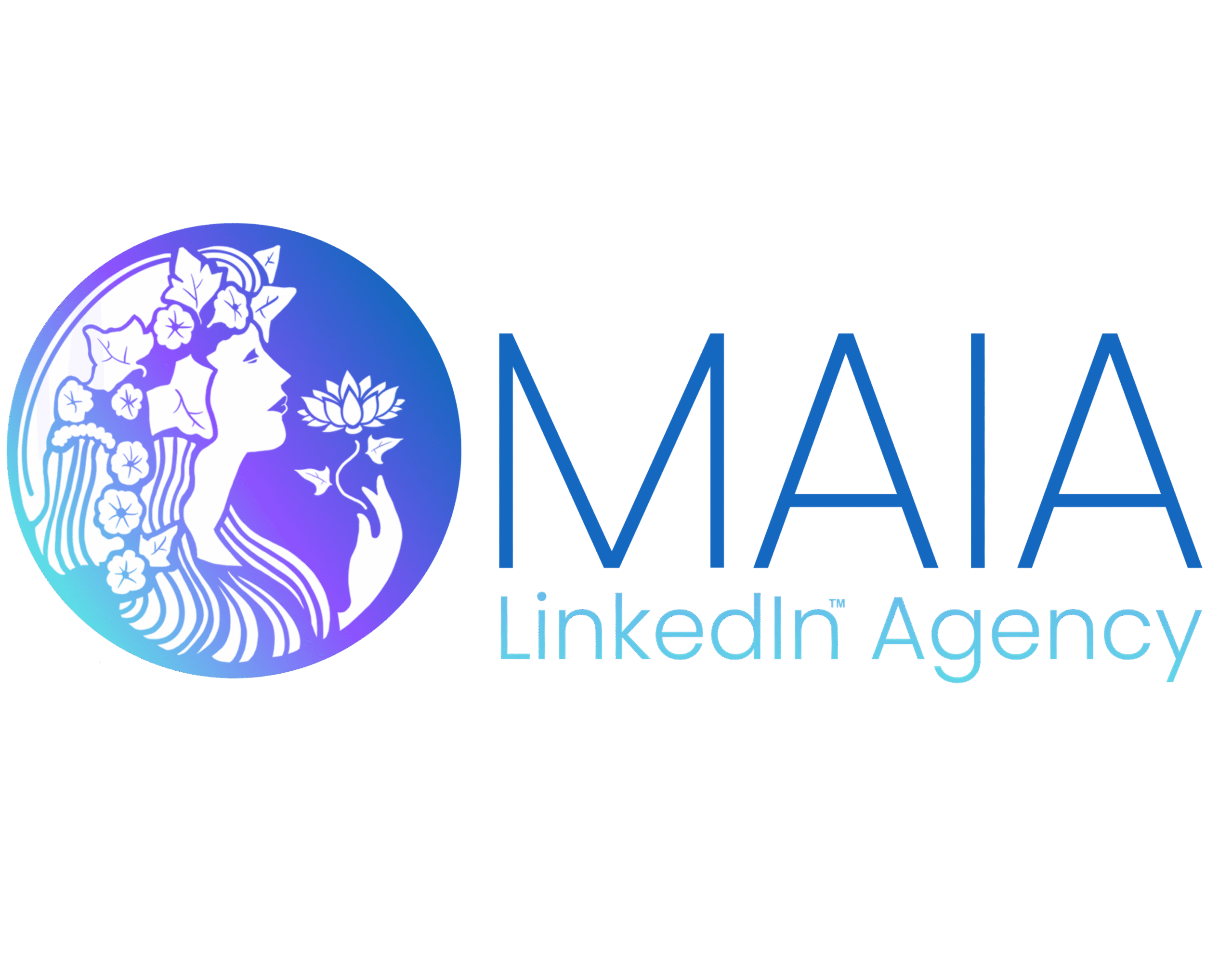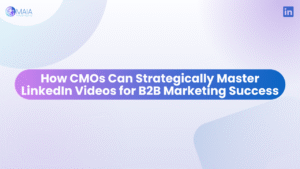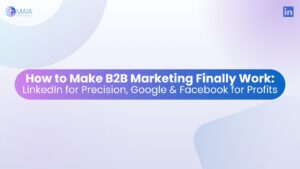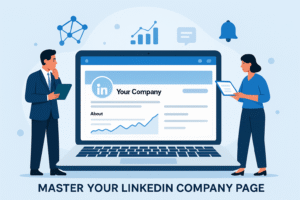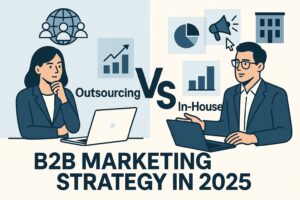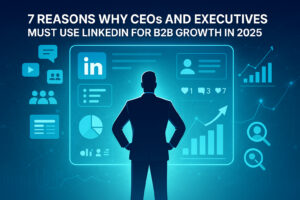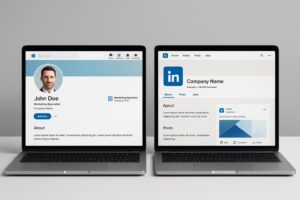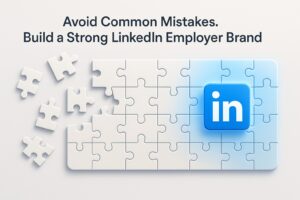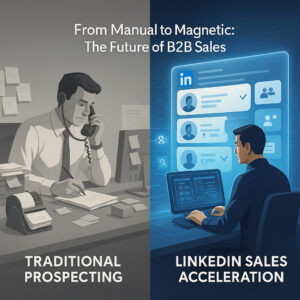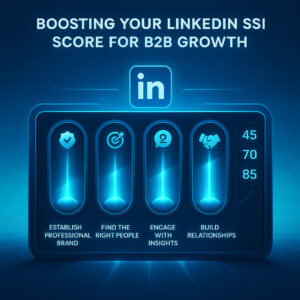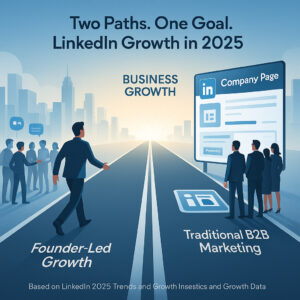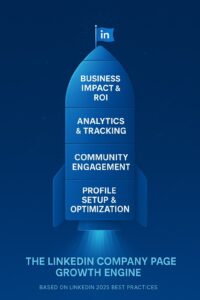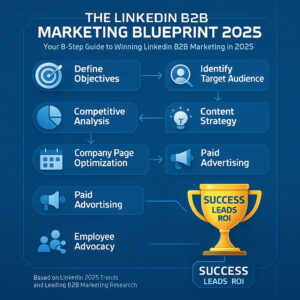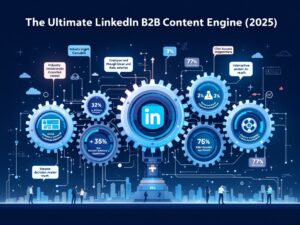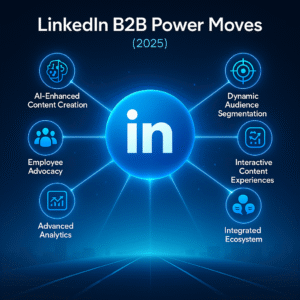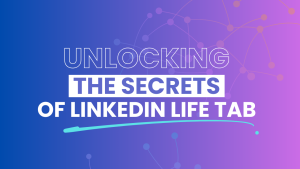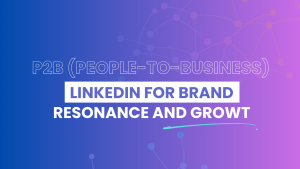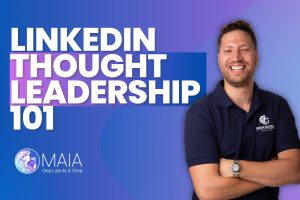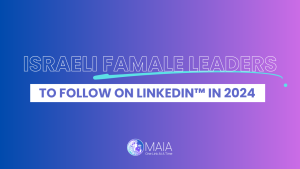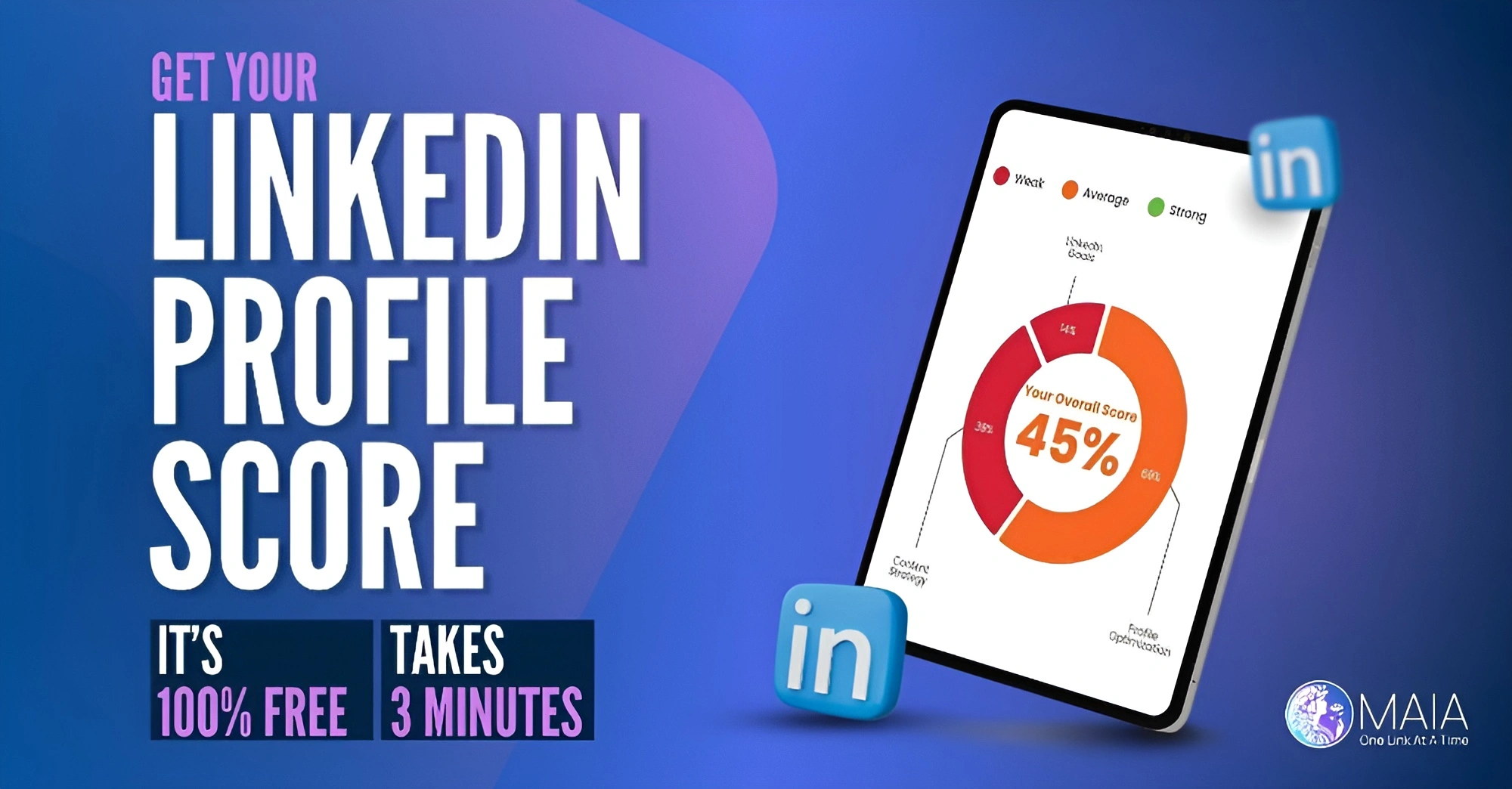7 Common Problems Executives Face With No Personal Brand (And How LinkedIn Can Solve Them)
Executives today operate in a business landscape where personal branding isn’t just beneficial—it’s essential. Yet many C-suite leaders and executives continue to neglect this critical aspect of professional development, often with significant consequences for both their careers and their organizations.
Research from Edelman’s 2024 Trust Barometer shows that 81% of stakeholders expect CEOs to be visible spokespeople during challenging times—highlighting the growing expectation for executive visibility and personal branding.
Let’s explore the seven most common problems executives face when neglecting their personal brand, and how LinkedIn—with its 950+ million professionals—offers the ideal platform to solve these challenges.
1. Limited Career Advancement Opportunities
Executives without established personal brands often find themselves overlooked for career advancements, board positions, and speaking engagements.
The LinkedIn Solution:
LinkedIn provides executives with a platform to showcase expertise through thought leadership content, industry insights, and professional achievements. According to LinkedIn’s 2024 B2B marketing statistics, content shared by executives receives 8x more engagement than content shared by company pages alone.
By regularly sharing valuable content and insights, executives establish themselves as industry leaders, making them more attractive candidates for advanced career opportunities.
2. Reduced Thought Leadership Influence
Without a personal brand, executives struggle to influence industry conversations or establish themselves as thought leaders in their field.
The LinkedIn Solution:
LinkedIn’s publishing platform allows executives to share in-depth articles, participate in industry discussions, and offer unique perspectives on trending topics. Executives who publish at least one article per month see an average 59% increase in profile views and connection requests.
Creating a consistent content calendar focused on industry expertise not only positions the executive as a thought leader but also increases their network’s quality and relevance.
3. Weakened Business Development Efforts
Executives who lack personal brands often face challenges in attracting new business opportunities, partnerships, and investment interest.
The LinkedIn Solution:
A strong LinkedIn presence humanizes leadership and builds trust with potential clients and partners. Research from Gartner indicates that 65% of B2B buyers report that they’ve changed vendors due to a lack of personalized communication.
By leveraging LinkedIn’s targeting capabilities through content and engagement, executives can nurture relationships with key decision-makers, significantly shortening sales cycles and increasing conversion rates.
4. Diminished Recruiting and Retention Power
Companies with low-profile executives often struggle to attract and retain top talent in competitive markets.
The LinkedIn Solution:
Executive visibility on LinkedIn increases a company’s attractiveness to potential employees. According to the Korn Ferry 2023 talent shortage study, 67% of candidates research leadership teams before applying to positions.
By sharing company culture, values, and vision through personal stories and behind-the-scenes content, executives can showcase their leadership style and attract professionals who align with the organization’s mission.
Ready to transform your executive presence on LinkedIn? Schedule a strategy call with our LinkedIn branding specialists today.
5. Crisis Vulnerability
When crises occur, executives without established personal brands lack the credibility foundation needed to effectively manage reputation challenges.
The LinkedIn Solution:
LinkedIn enables executives to build trust equity before it’s needed. A 2024 Weber Shandwick study found that executives with established digital presences experienced 41% faster reputation recovery following company crises.
By consistently engaging with their network, responding to comments, and demonstrating transparency, executives build a reserve of goodwill that becomes invaluable during challenging periods.
6. Reduced Media Opportunities
Journalists and conference organizers typically seek recognized industry voices, often overlooking executives without established personal brands.
The LinkedIn Solution:
LinkedIn is increasingly becoming a primary source for journalists seeking expert commentary. According to Cision’s 2023 State of the Media report, 76% of journalists use LinkedIn to find sources and research stories.
By publishing thought-provoking content and engaging with industry news, executives increase their visibility to media professionals, leading to interview requests, podcast appearances, and speaking engagements.
7. Competitive Disadvantage
As more executives embrace personal branding, those who don’t find themselves at an increasing competitive disadvantage.
The LinkedIn Solution:
LinkedIn offers comprehensive analytics that allow executives to benchmark their content performance and engagement against industry peers. This data-driven approach enables strategic personal brand development focused on differentiating factors.
By analyzing what resonates with their audience and consistently delivering value through unique insights and perspectives, executives can establish a distinctive personal brand that sets them apart from competitors.
Don’t let your executive team fall behind in the personal branding race. Contact our LinkedIn specialists for a personalized executive branding assessment.
Implementing Your Executive LinkedIn Strategy
Building an effective executive personal brand on LinkedIn requires consistency, authenticity, and strategic planning. Here are three actionable steps to begin transforming your LinkedIn presence:
- Optimize your profile with achievement-focused content, a professional headshot, and a compelling headline that goes beyond your job title
- Develop a content strategy that balances thought leadership, industry insights, and personal stories
- Engage meaningfully with your network by commenting on industry discussions and sharing valuable perspectives
With 61% of Fortune 500 CEOs now active on LinkedIn according to a 2023 Brunswick Group study, the platform has become the definitive space for executive positioning and thought leadership development.
The question isn’t whether executives can afford to invest in LinkedIn personal branding—it’s whether they can afford not to.
Ready to transform your executive LinkedIn presence? Book a consultation with our LinkedIn experts to develop a customized executive branding strategy.
Frequently Asked Questions
How much time should executives dedicate to LinkedIn personal branding?
Most successful executives dedicate 2-3 hours per week to LinkedIn activities, including content creation, engagement, and network development. This can be efficiently managed with the help of a structured content calendar and, in many cases, support from professional LinkedIn management services.
Can executive personal branding on LinkedIn impact company valuation?
Yes, research from the Conference Board indicates that companies with high-profile, socially engaged CEOs show up to 7% higher valuations compared to peers with low-profile leadership. Investors increasingly consider executive visibility and thought leadership as indicators of forward-thinking management.
How do you measure ROI from executive LinkedIn branding efforts?
Key metrics include profile view increases, connection growth quality, engagement rates, website referral traffic, inbound opportunity growth (speaking, media, partnerships), and attribution in business development conversations. Effective executive LinkedIn strategies typically show quantifiable results within 3-6 months of consistent implementation.
